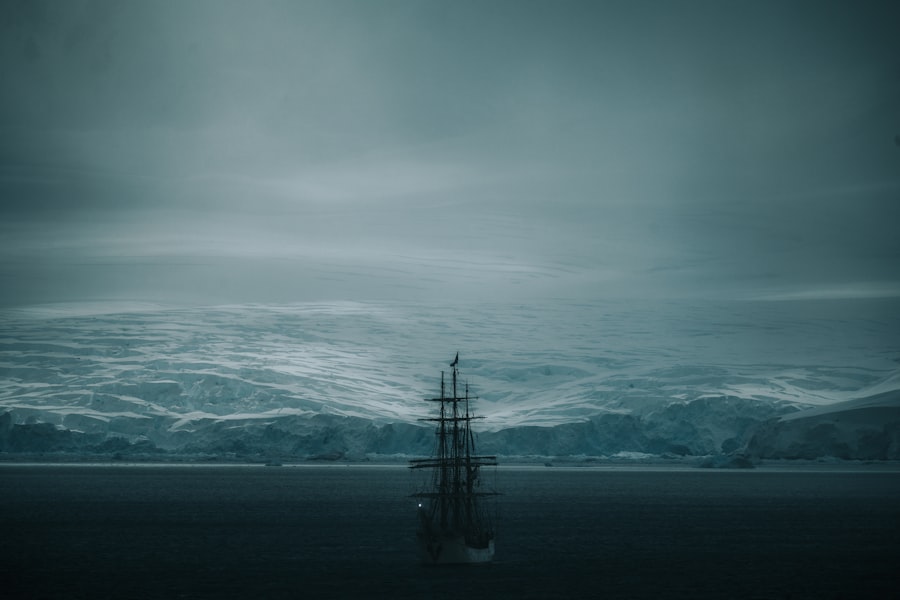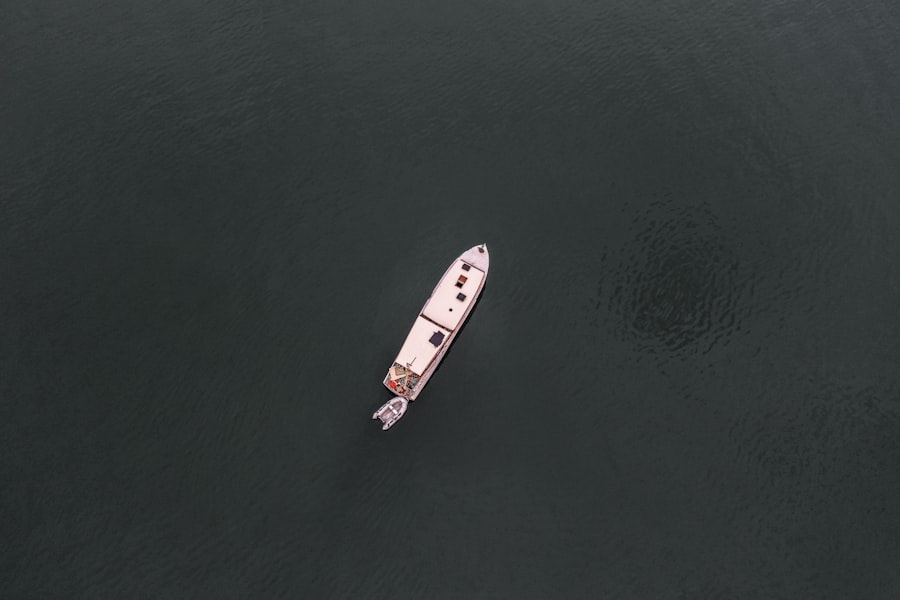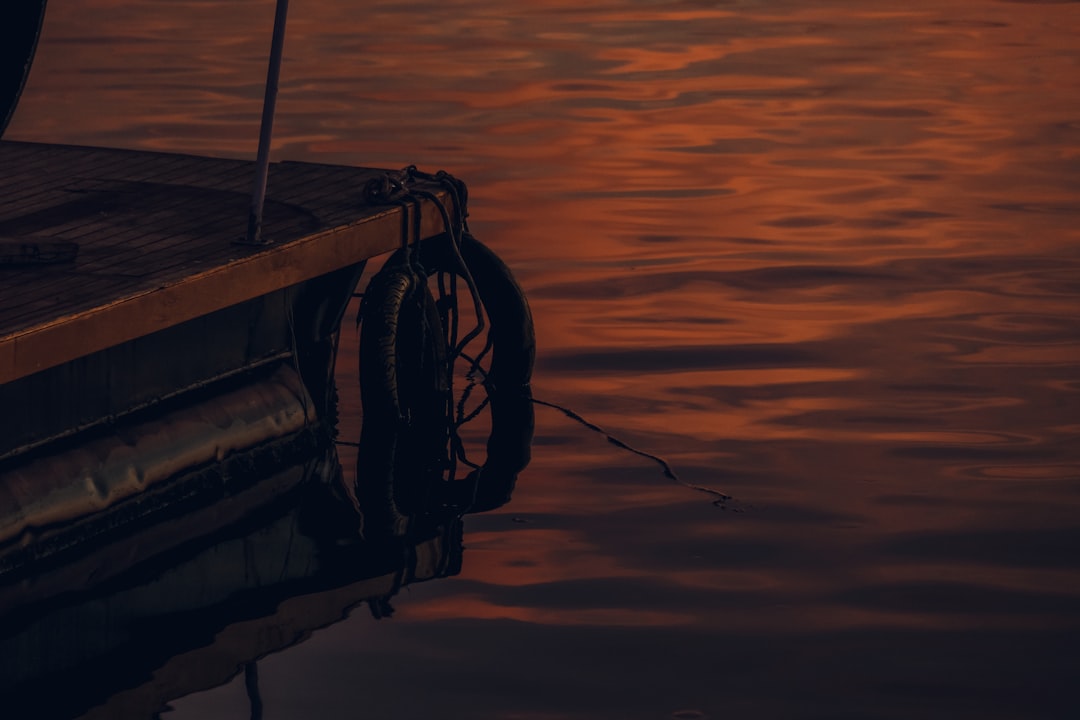The Drake Passage, a body of water situated between the southern tip of South America and Antarctica, is renowned for its tumultuous seas and breathtaking vistas. This narrow stretch of ocean, measuring approximately 800 kilometers (500 miles) wide, serves as a critical conduit for maritime traffic between the Atlantic and Pacific Oceans. Its unique geographical position not only makes it a vital route for shipping but also a focal point for adventurers and researchers drawn to the mysteries of the Southern Ocean.
The passage is often characterized by its unpredictable weather patterns and formidable waves, which can reach heights of over 30 feet, making it both a challenge and an attraction for seafarers. The Drake Passage is not merely a geographical feature; it embodies the spirit of exploration and the allure of the unknown. For centuries, it has captured the imagination of sailors, scientists, and travelers alike.
The passage is often seen as a gateway to the pristine wilderness of Antarctica, where icebergs float majestically and wildlife thrives in its natural habitat. As such, it holds a significant place in maritime history and continues to be a destination for those seeking adventure and discovery.
Key Takeaways
- The Drake Passage is a body of water between South America’s Cape Horn and the South Shetland Islands of Antarctica.
- The Drake Passage has a rich history and is significant for its role in global ocean circulation and climate patterns.
- Navigating the Drake Passage poses challenges and dangers due to its notorious rough seas and unpredictable weather conditions.
- Proper preparation and planning are essential for a successful voyage through the Drake Passage, including choosing the right vessel and route.
- The Drake Passage is home to diverse wildlife and natural beauty, offering opportunities for unique and breathtaking experiences.
History and significance of the Drake Passage
The history of the Drake Passage is steeped in exploration and discovery. Named after Sir Francis Drake, the English sea captain who navigated these waters in the late 16th century, the passage has long been a critical route for explorers seeking to chart new territories. Drake’s journey was not only significant for its navigational achievements but also for its role in expanding European knowledge of the Southern Hemisphere.
His expeditions laid the groundwork for future voyages that would further unveil the mysteries of this remote region. Throughout the centuries, the Drake Passage has served as a vital link for trade and exploration. It has been traversed by countless ships, from whaling vessels in the 19th century to modern research ships studying climate change and marine biology.
The passage’s significance extends beyond its role as a shipping route; it is also a crucial area for scientific research, particularly in understanding ocean currents and their impact on global climate patterns. The unique ecosystem found within the Drake Passage has made it a focal point for marine biologists and conservationists alike, highlighting its importance in both historical and contemporary contexts.
Challenges and dangers of navigating the Drake Passage

Navigating the Drake Passage is not for the faint of heart. The waters are notorious for their rough conditions, with strong currents and unpredictable weather patterns that can change rapidly. Sailors often face towering waves, fierce winds, and sudden storms that can make even experienced mariners uneasy.
The combination of these factors creates a challenging environment that demands respect and caution from those who dare to traverse it. In addition to the natural challenges posed by the passage, there are also logistical dangers to consider. The remoteness of the region means that help is often far away in case of emergencies.
Ships must be well-equipped to handle potential mechanical failures or medical emergencies, as reaching safety can take considerable time. Furthermore, navigating through ice-laden waters presents its own set of challenges, as icebergs can pose significant hazards to vessels. As such, thorough preparation and an understanding of the risks involved are essential for anyone planning to navigate this formidable stretch of ocean.
Preparation and planning for a voyage through the Drake Passage
| Preparation and Planning for a Voyage through the Drake Passage |
|---|
| Weather forecast analysis |
| Vessel inspection and maintenance |
| Crew training and emergency drills |
| Communication plan with onshore support |
| Emergency response plan |
| Provisioning and stocking of supplies |
| Navigation route planning |
Preparation is key when embarking on a journey through the Drake Passage. Potential travelers must take into account various factors, including weather conditions, vessel capabilities, and personal safety measures. It is crucial to monitor weather forecasts closely, as conditions can shift dramatically within hours.
Experienced sailors often recommend setting sail during periods of more stable weather to minimize risks associated with rough seas. In addition to weather considerations, selecting an appropriate vessel is paramount. Ships designed specifically for polar expeditions are equipped with reinforced hulls to withstand ice conditions and are often outfitted with advanced navigation systems to ensure safe passage.
Travelers should also ensure they have adequate supplies on board, including food, water, medical kits, and safety equipment. Engaging with experienced crew members who are familiar with the passage can provide invaluable insights and enhance safety during the voyage.
Wildlife and natural beauty of the Drake Passage
The Drake Passage is not only known for its challenging navigation but also for its stunning natural beauty and rich biodiversity. The waters teem with life, providing a habitat for various marine species, including whales, seals, and seabirds. Adventurers crossing the passage often have the opportunity to witness majestic humpback whales breaching the surface or playful sea lions basking on ice floes.
The sight of these magnificent creatures in their natural habitat adds an unforgettable dimension to any journey through this remarkable region.
Towering mountains rise dramatically from the sea, often capped with snow and ice that glistens under the sun.
Icebergs drift lazily by, their brilliant blue hues contrasting sharply with the deep blue waters of the passage. This pristine environment serves as a reminder of nature’s raw beauty and power, making it a sought-after destination for photographers and nature enthusiasts alike. The combination of wildlife encounters and breathtaking scenery creates an experience that resonates deeply with those fortunate enough to navigate these waters.
Best times of year to navigate the Drake Passage

Timing is crucial when planning a voyage through the Drake Passage. The best time to navigate these waters typically falls between late November and early March, coinciding with the Southern Hemisphere’s summer months. During this period, weather conditions tend to be more favorable, with calmer seas and milder temperatures that make for a more pleasant journey.
Additionally, this timeframe aligns with peak wildlife activity, offering travelers greater opportunities to observe marine life. However, even during these months, conditions can still be unpredictable. It is essential for travelers to remain flexible in their plans and be prepared for sudden changes in weather patterns.
While summer offers more stable conditions compared to winter months when storms are more frequent, adventurers should always be ready for anything when crossing this legendary passage.
Tips for a smooth and enjoyable journey through the Drake Passage
To ensure a smooth and enjoyable journey through the Drake Passage, travelers should consider several practical tips. First and foremost, packing appropriately is essential. Layered clothing that can be adjusted according to changing temperatures will help keep individuals comfortable throughout their voyage.
Waterproof gear is also advisable due to potential splashes from waves or rain. Another important aspect is maintaining good health during the journey. Seasickness can be a common issue in these turbulent waters; therefore, travelers should consider bringing seasickness medication or remedies to alleviate discomfort.
Staying hydrated and well-nourished will also contribute to overall well-being during the crossing. Engaging with fellow travelers and crew members can enhance camaraderie on board, making the experience more enjoyable despite any challenges faced along the way.
Notable expeditions and explorations of the Drake Passage
The Drake Passage has been a stage for numerous notable expeditions throughout history, each contributing to our understanding of this remote region. One such expedition was led by Ernest Shackleton in 1914 when he attempted to cross Antarctica via the Weddell Sea but found himself trapped in pack ice for months before making an incredible escape through the very waters of the Drake Passage. Shackleton’s journey remains one of resilience and determination in the face of adversity.
In more recent times, scientific expeditions have taken place in the Drake Passage to study climate change’s impact on marine ecosystems. Researchers have ventured into these waters to collect data on ocean currents, temperature variations, and biodiversity changes over time. These expeditions not only contribute valuable knowledge but also highlight the importance of preserving this unique environment for future generations.
Safety measures and precautions for navigating the Drake Passage
Safety should always be a top priority when navigating the Drake Passage. Mariners must ensure that their vessels are equipped with essential safety gear such as life jackets, flares, emergency beacons, and first aid kits. Regular safety drills should be conducted on board to familiarize crew members with emergency procedures in case of unforeseen circumstances.
Additionally, maintaining open communication with other vessels in the area can enhance safety during navigation. Utilizing modern technology such as GPS systems and radar can aid in avoiding potential hazards like icebergs or rough weather conditions. Ultimately, thorough preparation combined with vigilant awareness will significantly increase safety while traversing this challenging yet awe-inspiring passage.
Alternative routes and transportation options for crossing the Drake Passage
While navigating through the Drake Passage is an adventure in itself, there are alternative routes and transportation options available for those who may prefer different experiences or seek to avoid potential challenges associated with this passage. One option is taking a flight from South America directly to research stations or tourist destinations in Antarctica. This method bypasses the rough seas entirely while still allowing travelers access to one of Earth’s most remote regions.
Another alternative involves exploring other maritime routes around South America that may offer different experiences without crossing directly through the Drake Passage itself. However, these routes may take longer or require additional planning due to varying weather conditions along coastal areas or around Cape Horn.
The allure and allure of the Drake Passage
The Drake Passage stands as a testament to nature’s power and beauty while embodying humanity’s spirit of exploration. Its challenging waters have become synonymous with adventure, drawing travelers from around the globe eager to experience its wonders firsthand. From its rich history steeped in exploration to its breathtaking wildlife encounters and stunning landscapes, every aspect of this passage captivates those who venture into its depths.
As adventurers prepare for their journeys across this legendary stretch of ocean, they are reminded that navigating through the Drake Passage is not merely about reaching a destination; it is about embracing an experience filled with challenges, discoveries, and unforgettable memories that will last a lifetime. The allure of this remarkable passage continues to inspire generations of explorers seeking both adventure and connection with one of Earth’s last frontiers.
The Drake Passage is a significant maritime route that connects the Atlantic and Pacific Oceans, known for its challenging navigation conditions due to strong winds and currents. For those interested in learning more about maritime adventures and navigation challenges, you might find the article on MyGeoQuest insightful. It delves into various aspects of maritime exploration and the intricacies of navigating through such treacherous waters. You can read more about it by visiting this mygeoquest.
com/sample-page/’>related article.
WATCH NOW! Drake Passage: Earth’s Deadliest Waters Revealed
FAQs
What is the Drake Passage?
The Drake Passage is the body of water between the southern tip of South America and the northern tip of the Antarctic Peninsula. It is known for its rough seas and challenging sailing conditions.
What is Drake Passage Schifffahrt?
Drake Passage Schifffahrt refers to the shipping or sailing through the Drake Passage. It is a popular route for cruise ships and scientific research vessels traveling to and from Antarctica.
What are the sailing conditions like in the Drake Passage?
The Drake Passage is known for its strong winds, large waves, and rough seas. It is often considered one of the most challenging stretches of water to navigate due to its unpredictable weather and potential for extreme conditions.
What types of ships navigate the Drake Passage?
A variety of ships navigate the Drake Passage, including cruise ships, research vessels, and icebreakers. These ships are specially designed to handle the challenging conditions of the passage.
What are the main attractions of Drake Passage Schifffahrt?
The main attractions of Drake Passage Schifffahrt include the opportunity to see diverse marine wildlife, including whales, seals, and seabirds. It also provides access to the remote and pristine landscapes of Antarctica.
Are there any safety concerns associated with Drake Passage Schifffahrt?
Due to the challenging sailing conditions, there are safety concerns associated with Drake Passage Schifffahrt. However, experienced captains and crew, as well as modern navigation and safety equipment, help mitigate these risks.
